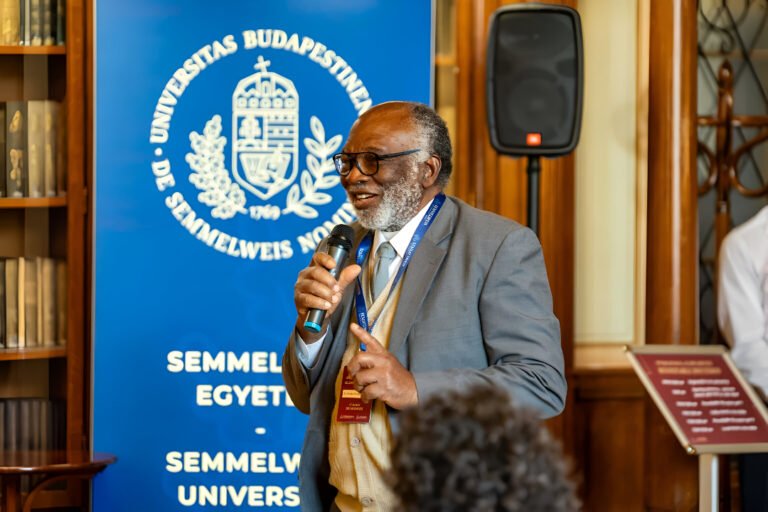
An international research team led by Hungary’s MTA-ELTE Lendület “Momentum” Innovation Research Group has uncovered intriguing insights into life on the Great Hungarian Plain during the Copper Age. Despite similar burial customs, nearby communities developed strikingly different kinship systems around 4500–4350 BCE.
Using advanced genetic analyses—including IBD (Identical-By-Descent) studies—researchers confirmed population continuity in the region even as Neolithic megasettlements were replaced by scattered farmsteads and isolated cemeteries. The study found that while the same people remained in the area, their social organization and family structures underwent radical change.
Remarkably, first-cousin marriages were common at one site. The findings, published in Nature Communications, highlight that local societies restructured themselves internally without the arrival of new populations.
The study focused on the Polgár region along the Tisza River, comparing sites like Polgár-Csőszhalom, Tiszapolgár-Basatanya, and Urziceni-Vamă near today’s Hungarian-Romanian border.
Source: Eötvös Loránd University






